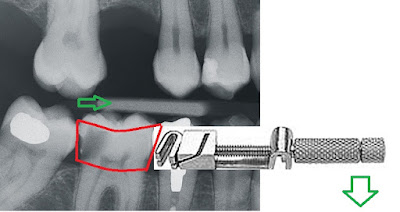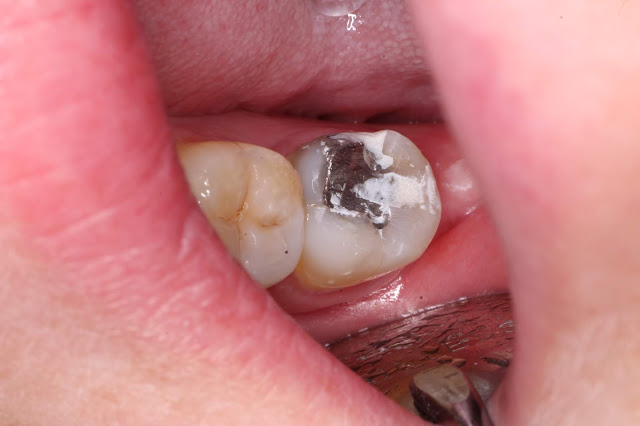Prosthetic limitations of all on 4?
A few months back I encountered a patient in the public clinics who had had an all on 4 prosthesis placed in the maxilla and mandible a few months prior. Personally, I felt as though he was an incredibly highly strung person and at the state at which I met him I would be hesitant to do any large scale dentistry on. His personality may have been a true reflection of himself or it may have had something to do with the state he was in about his all on 4 treatment. The patient had gone through a few sets of full dentures over quite a number of years and actually didn't mind the dentures too much but his story was that he had come into some money and felt as though he wanted to make some positive changes to his health and transition to a fixed prosthesis. He spent the money he had on this treatment but had recently fallen on harder times due to the pandemic. The patient percieved nothing but problems from the treatment and reported he had chronic sinusitis since the treatment and belie

